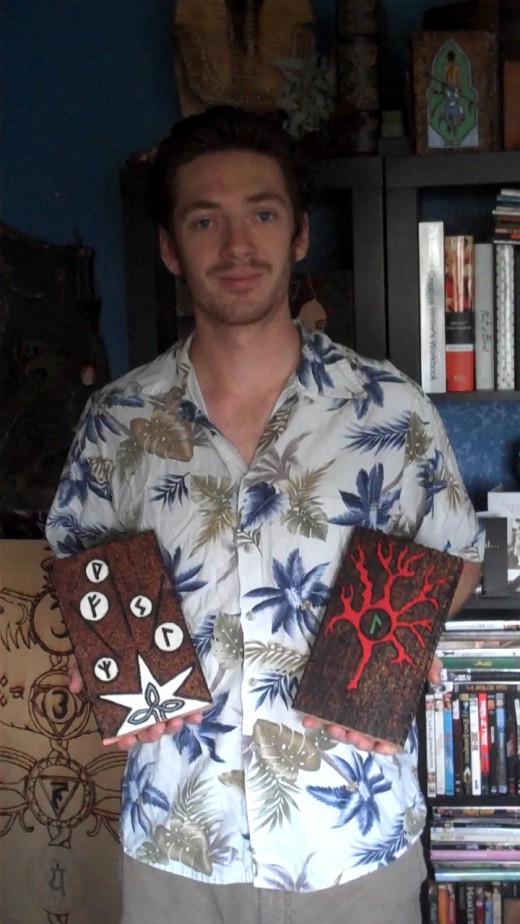The Art Of Pyrography, Part 1: The Basics
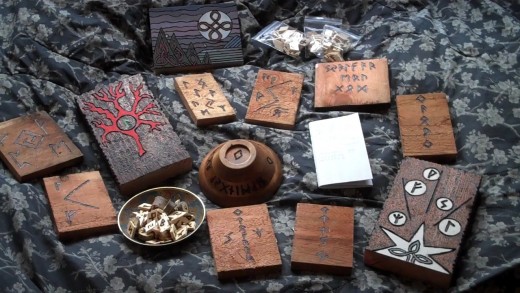
What is pyrography?
Pyrography (fire writing) is the ancient Greek art of burning letters, symbols and art of various sorts into wood and other surfaces which can be etched with fire. Though classically it has been done with hot pokers and burning sticks, its resurgence in more recent years has created a market for various wood-burning tools, kits and tutorials. In this series, I’m going to share some of what I have learned as a pyrographer, and show you how to do a few simple projects.
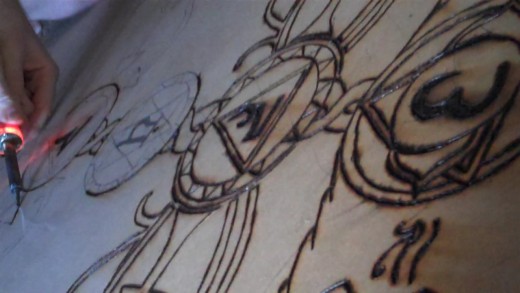
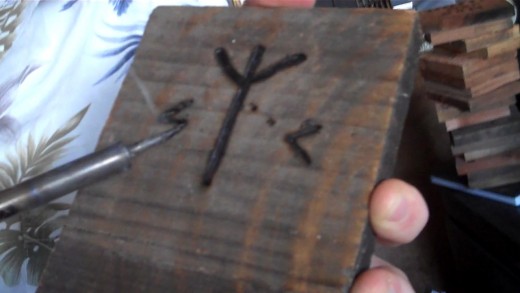
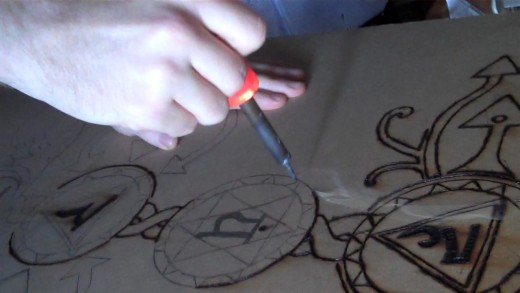
Things you need to know:
Pyrography is, quite literally, making art with fire. It requires a certain amount of respect for the tools, the canvases you construct or use, and a very steady hand. The first thing that any aspiring pyrographer needs to know is that, as with anything else you might choose to do with fire, pyrography can be very dangerous. The artist has to be very careful, and I don’t recommend the art for children (especially when they’re unsupervised.) I’ve burned myself many times, but never bad enough to require medical attention. I’ve also spent so many hours working on a piece in the past that I ended up with sore knuckles for a week afterwards (from pressing the tip into the wood really hard.)
Remember, whatever tool you’re using for pyrography, it can get really HOT! (Between 600 and 950 degrees, depending on what you are using.) Always make sure your burning tool is safely pointed away from anything you don’t want to burn (like yourself!) and that you have a secure place to put it when it is not in use. Never leave a hot pyrography tool unattended, especially around small children and pets. Treat your pyrographic tool the way you would treat a blow torch that is always on. Treat it with respect and lots of caution.
Another important thing to consider is to always be careful when you pick out the woods which you are going to create your art on. Be aware of how the natural grain of the wood will change your painting (or augment it.) Lines in the wood grain are usually hard ridges (especially in softer wood) that can skew the lines you are etching with your iron in ways that might mess up your project. I’ve done pyrography on everything from fiberboard to hundred year old antique oak furniture, and I’ve had the most success with soft, light-colored woods (like cedar.) Polished woods are hard to work with because your iron can easily slip across the polished surface and, if you’re not careful, it can burn you.
A note on tools:
While there are certainly kits available that provide tools for the aspiring pyrographer, they are often expensive and utilize irons that will spike your electric bill in crazy ways. Generally, these irons are high wattage and low temperature, so they heat up fast and require several goings-over before you can get deep, dark etched lines on your wooden canvasses. As a pyrographer, I use a simple $14, 40 watt, 900 degree soldering iron, mostly because I like to work for hours at a stretch (it uses about as much energy as a lightbulb,) and because, at 900 degrees, a soldering iron is capable of etching some very nice, deep lines.
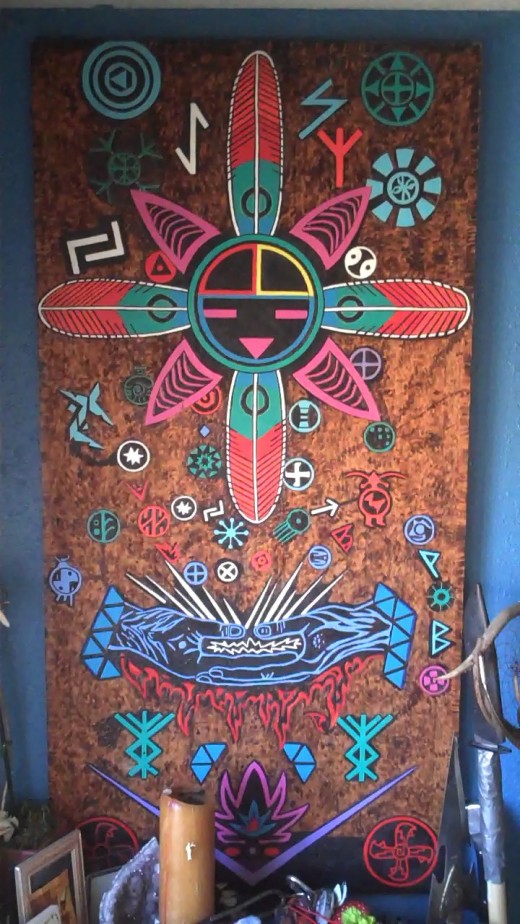
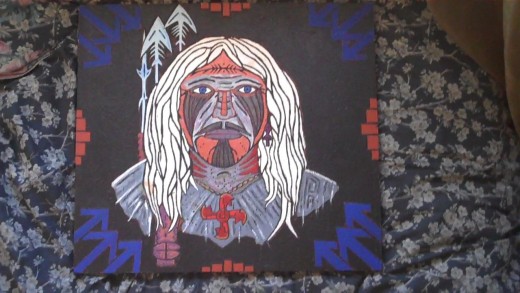
What pyrography is to me:
For me, pyrography is an incredibly spiritual art form. When I create these works of art, when I really get into the piece that I’m working on and I pour all of my focus into it, the feeling I get is one almost of total transcendence. Reality drops away, I become the wood, the iron, the tool through which the marks of divinity can express themselves onto the world. Each work of art that I do is, in itself, inherently powerful in some way. They all have a spiritual dimension to them that transcends the simple two-dimensional reality of burnt wood and paint that people see– you have to look deeper, see the inherent symbolism, touch the pieces, and escape through the window of the mind into each little world I have created.
I first encountered pyrography as an art form when I met pyrographic artist and actor Steven Jesse Wills when I was seventeen. To me, his works of art are (and always will be) intensely spiritual pieces which are wholly unlike any other form of art I had ever seen before. In a way, every piece of pyrographic work that I do is an homage to him, but also a highly individual expression of the inner depths of my soul. In a way, it allows me to get in touch with all of my ancestral roots, from the Norse and Celtic sides to the Greek and Roman sides. Every part of my being comes through strong and clear in my pyrography.
TUTORIALS:
- How to make a set of runes
- How to make rune bombs and runic guerrilla art
- How to make small etchings
- How to make wands
Check back often for new tutorials!
